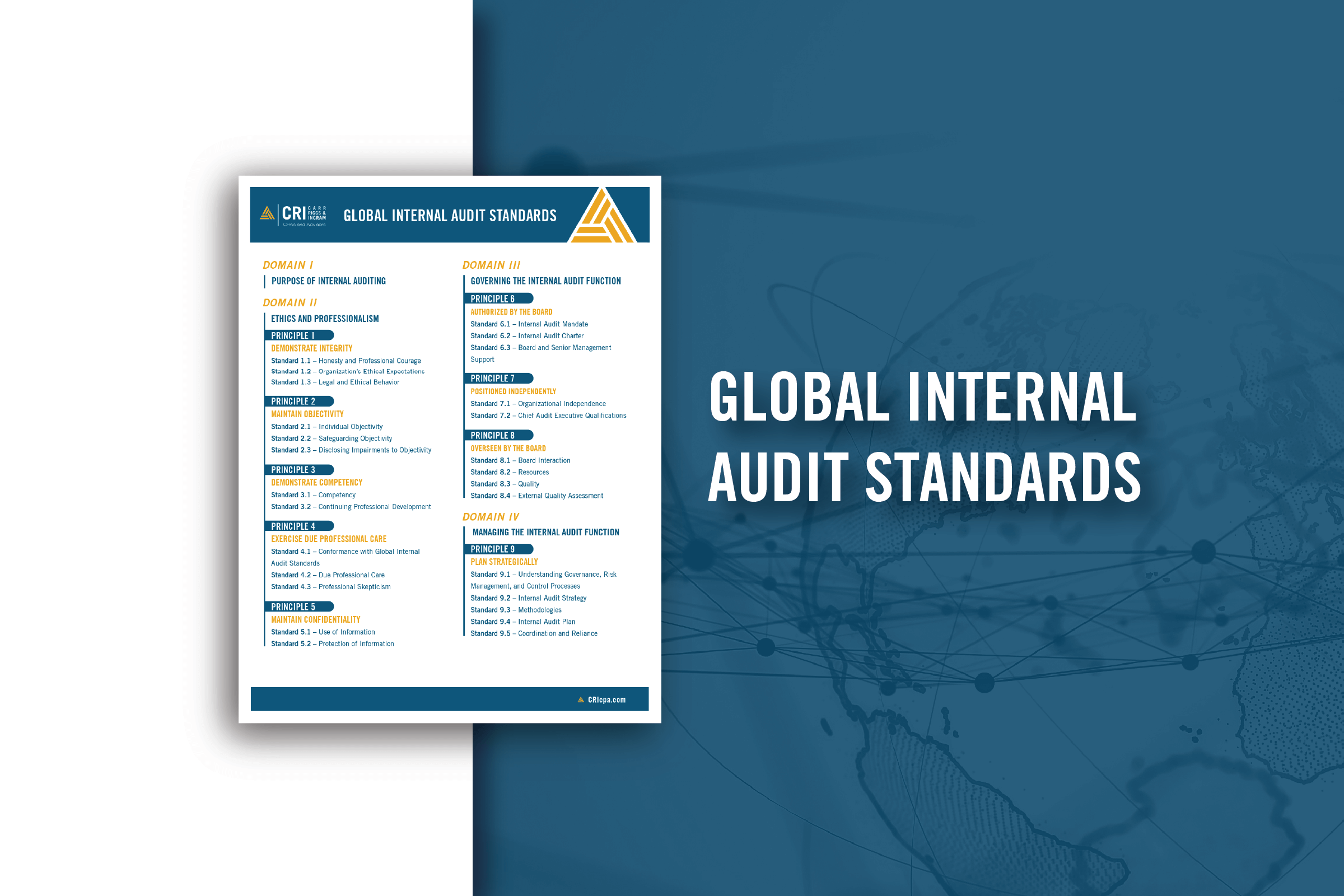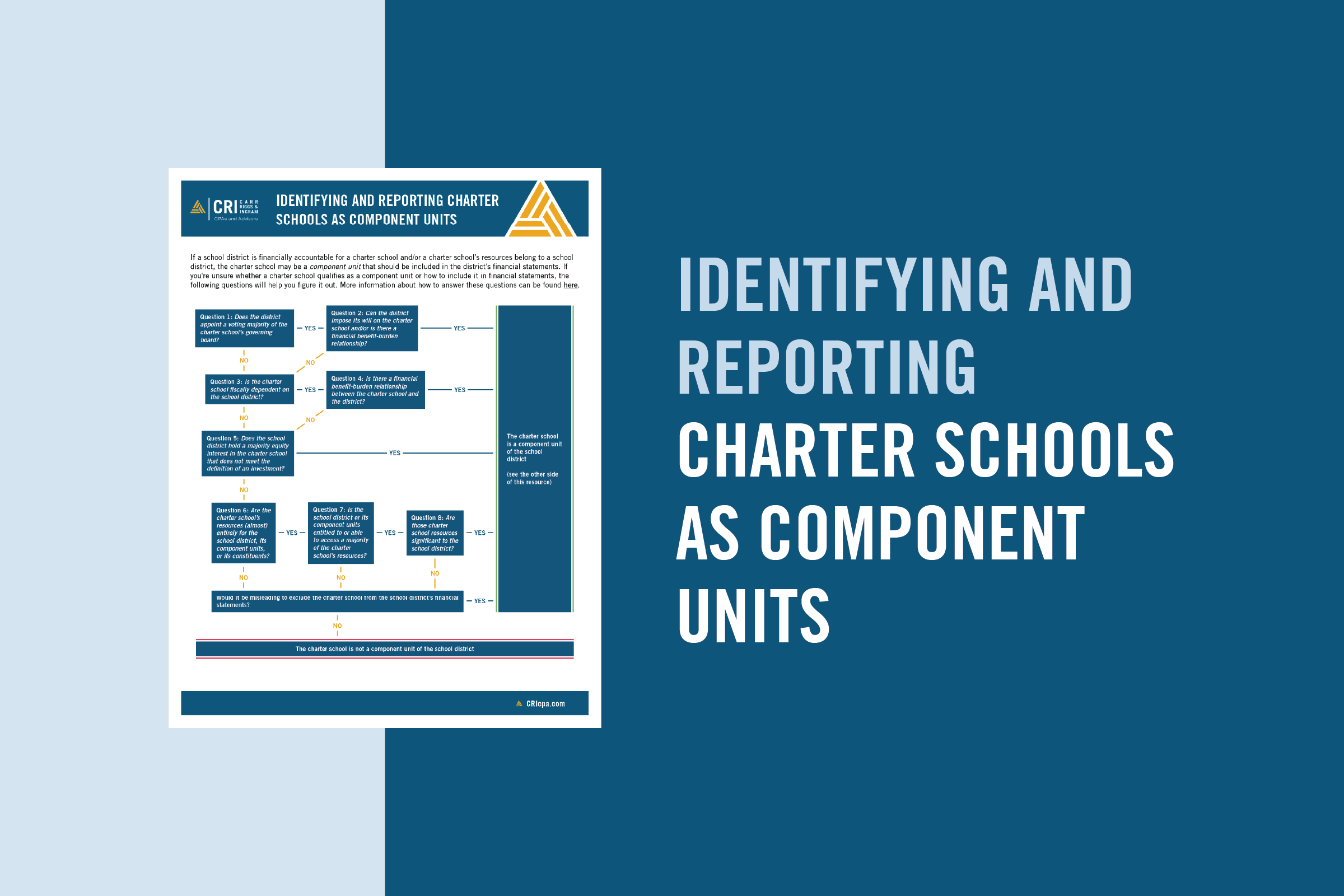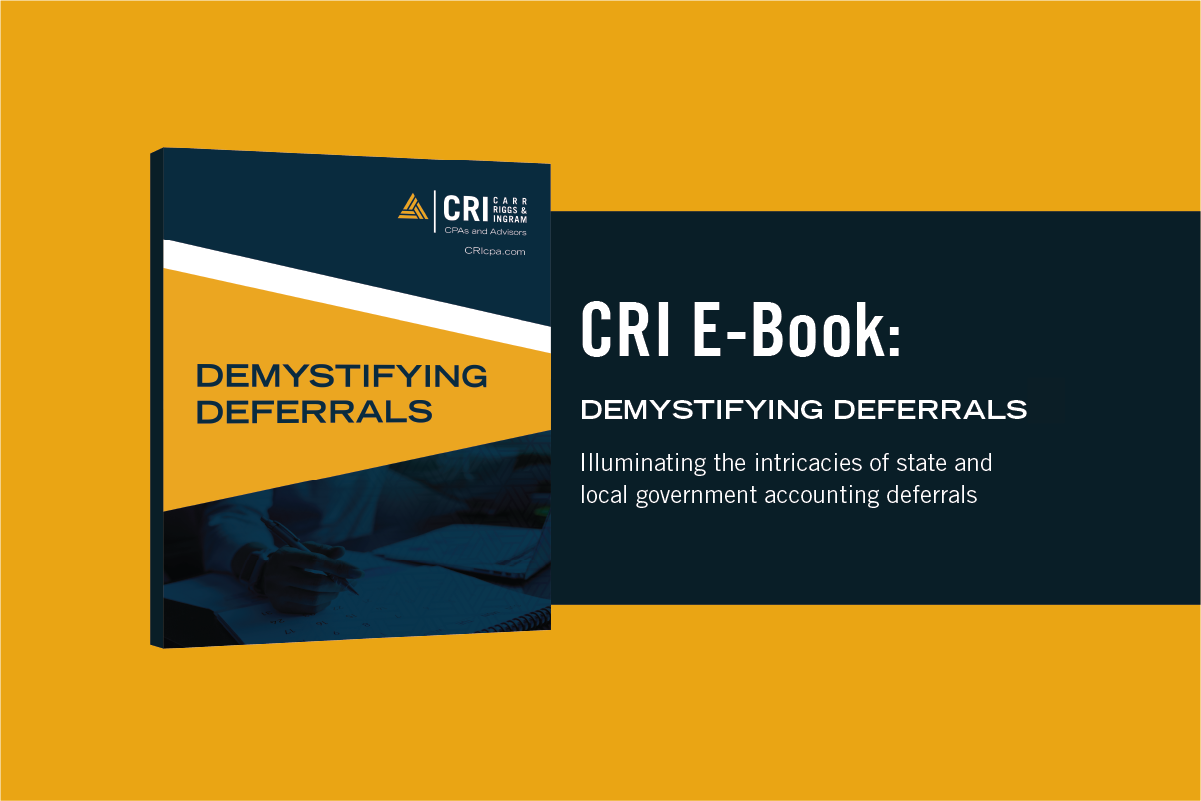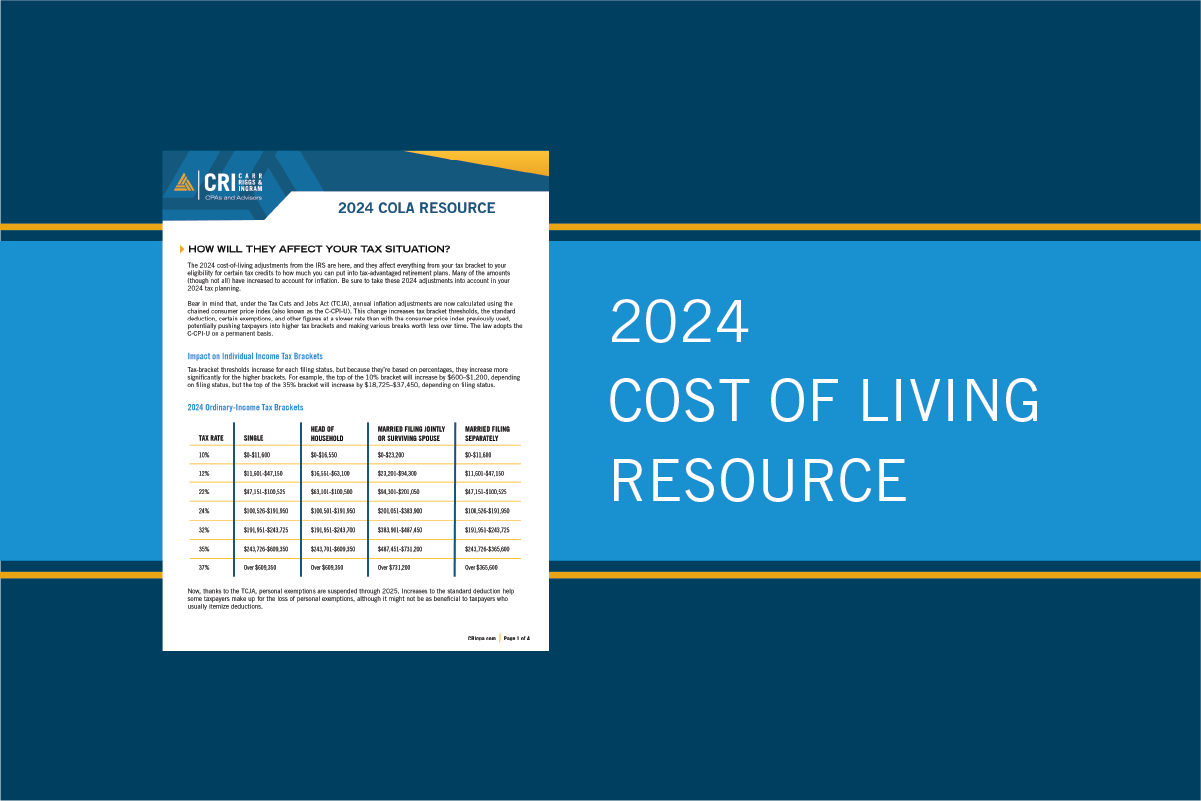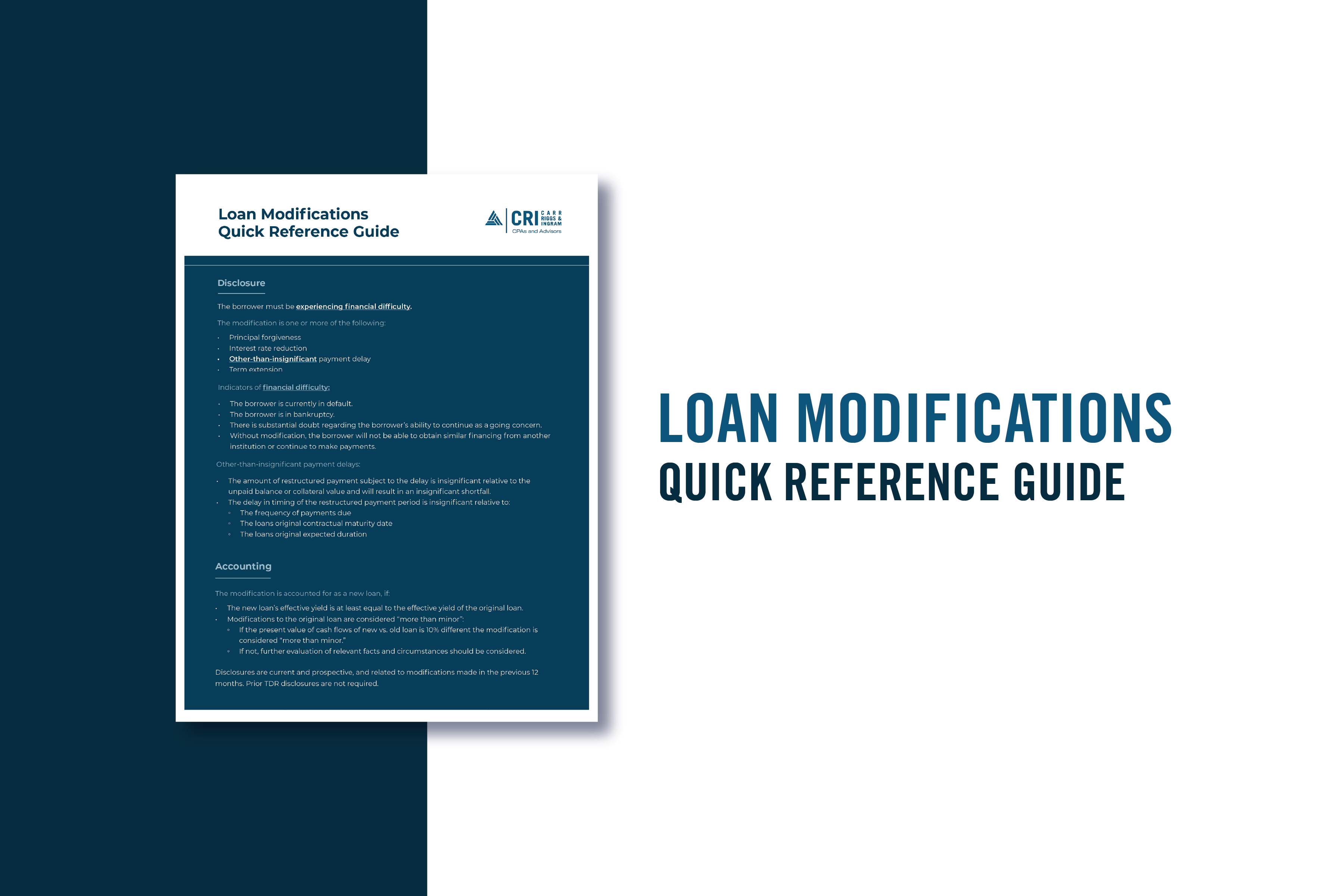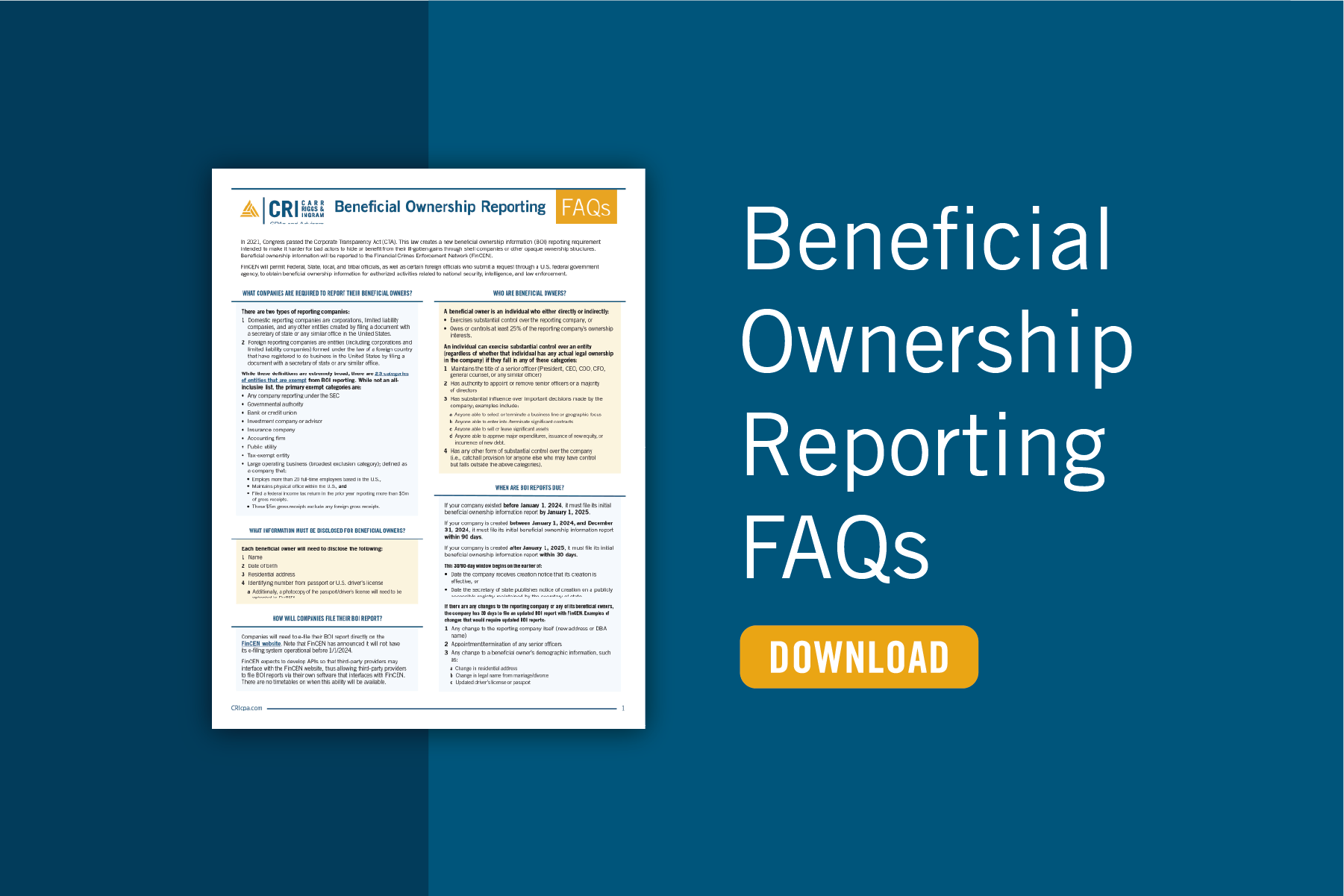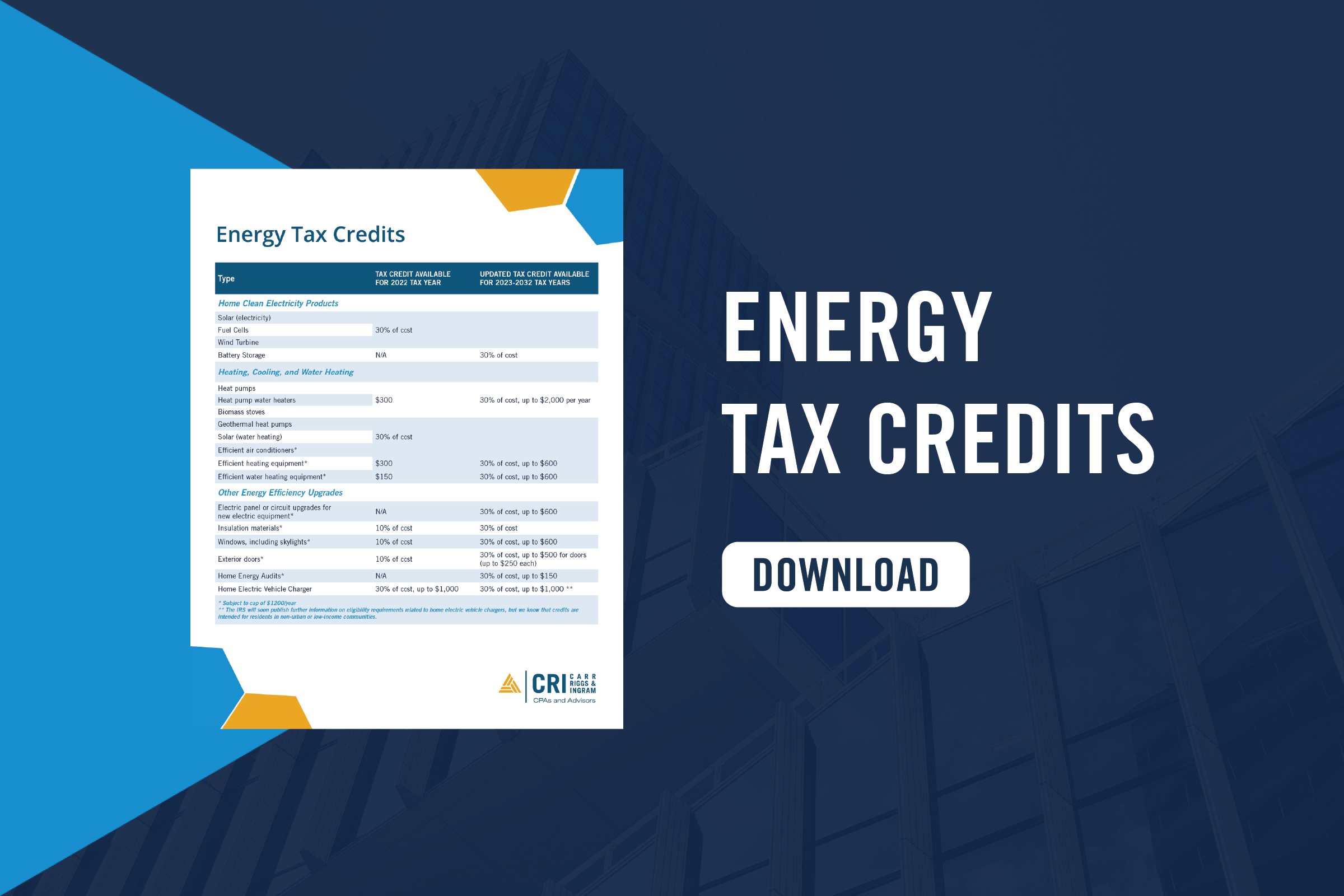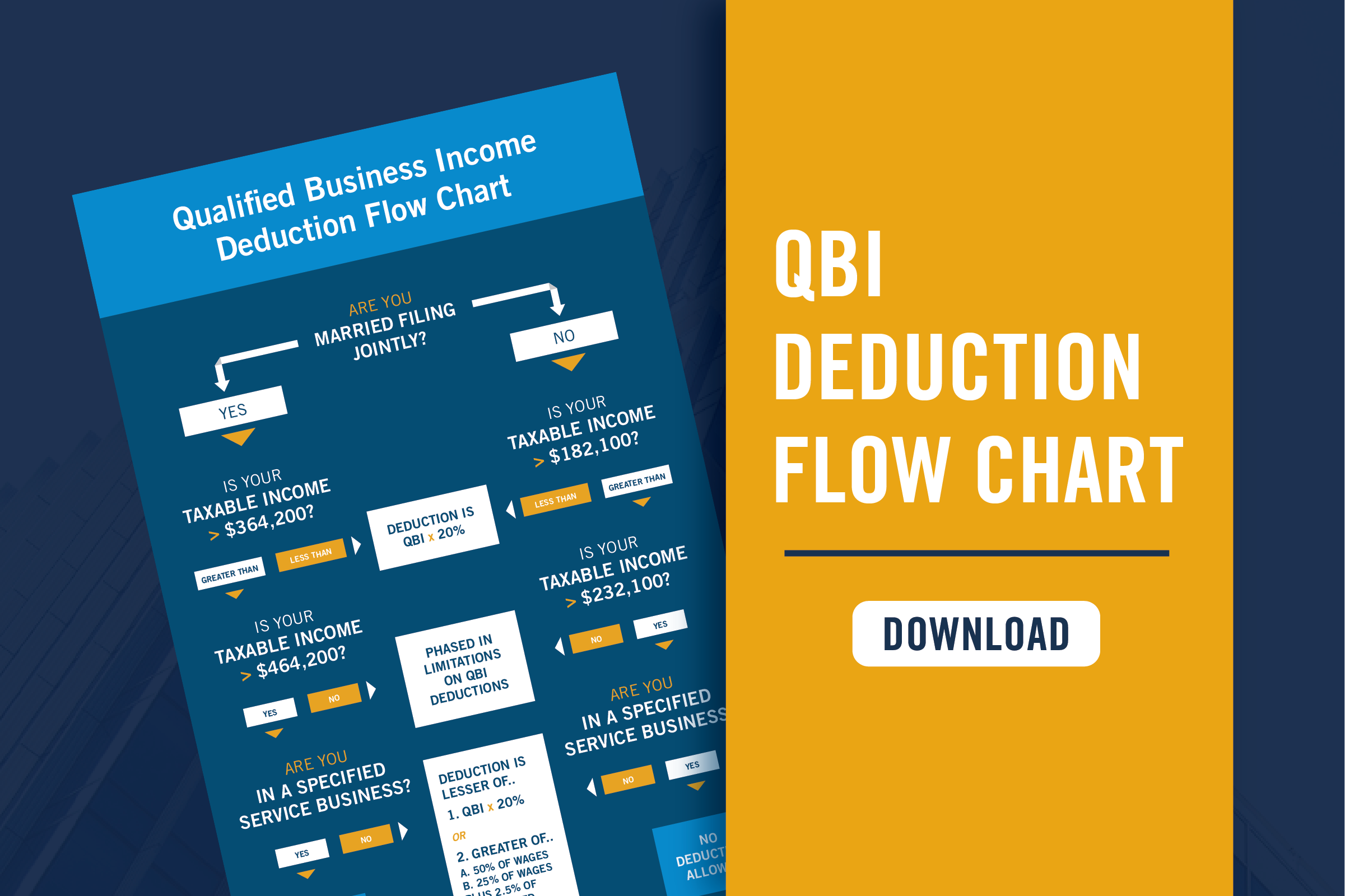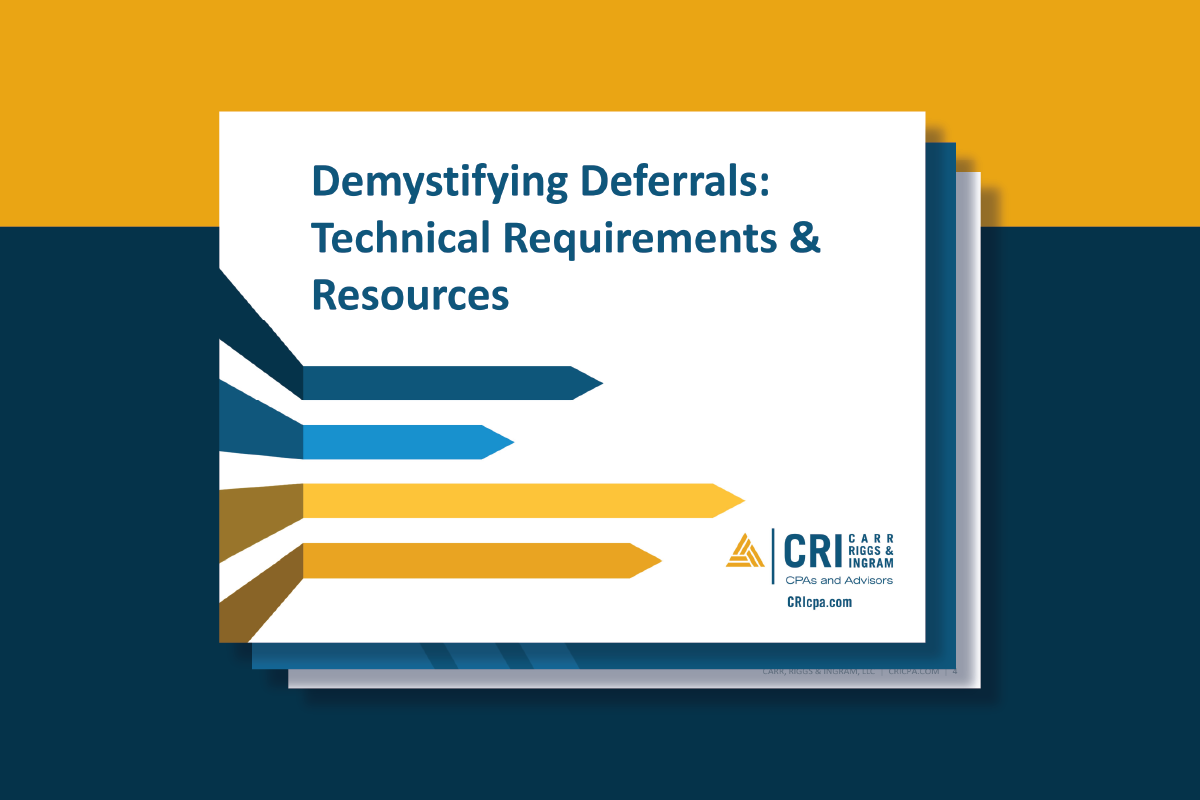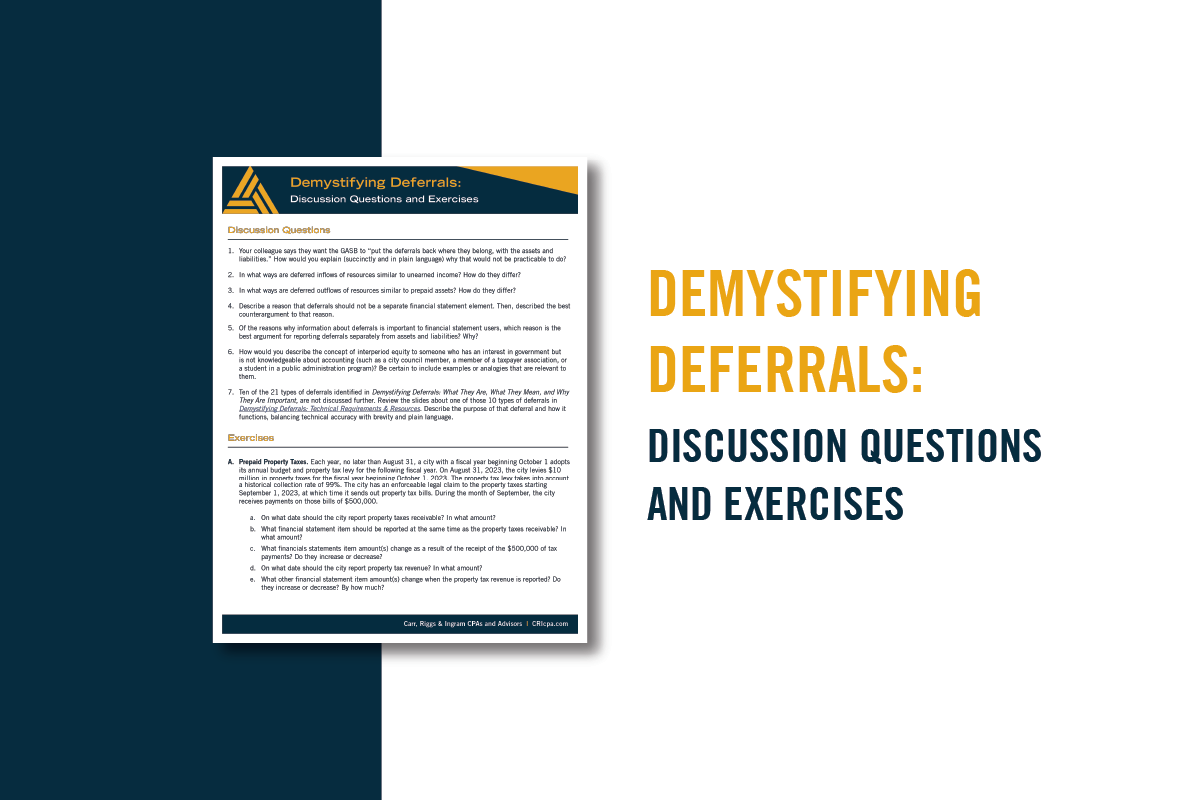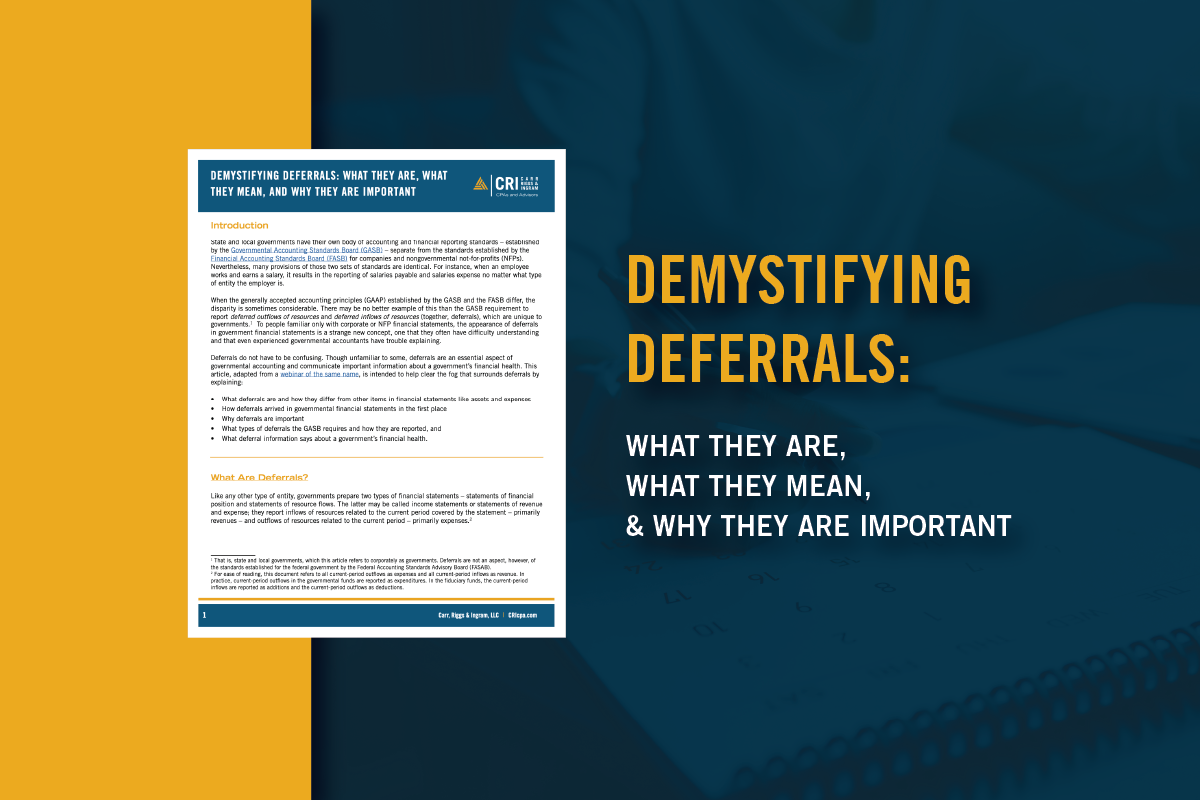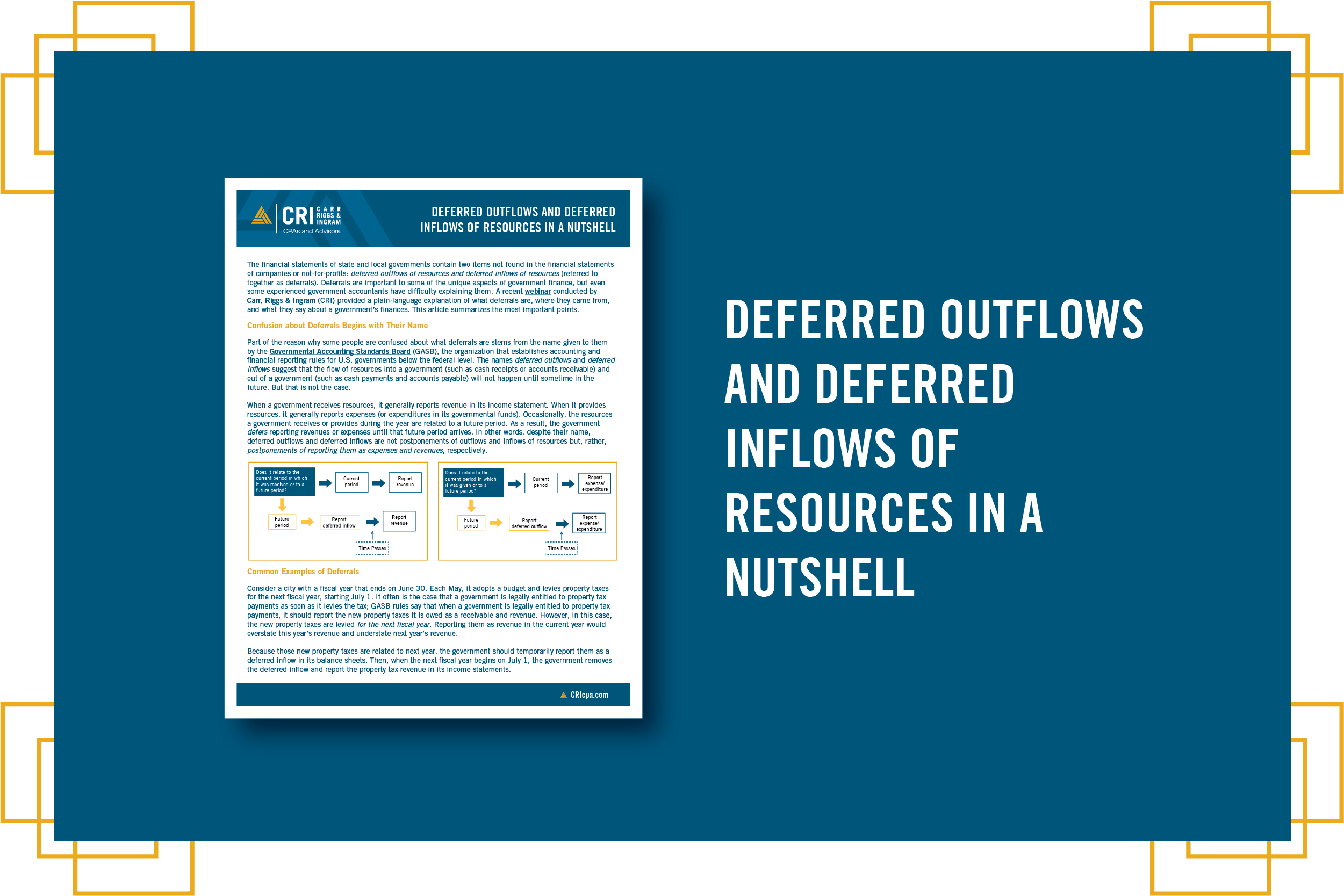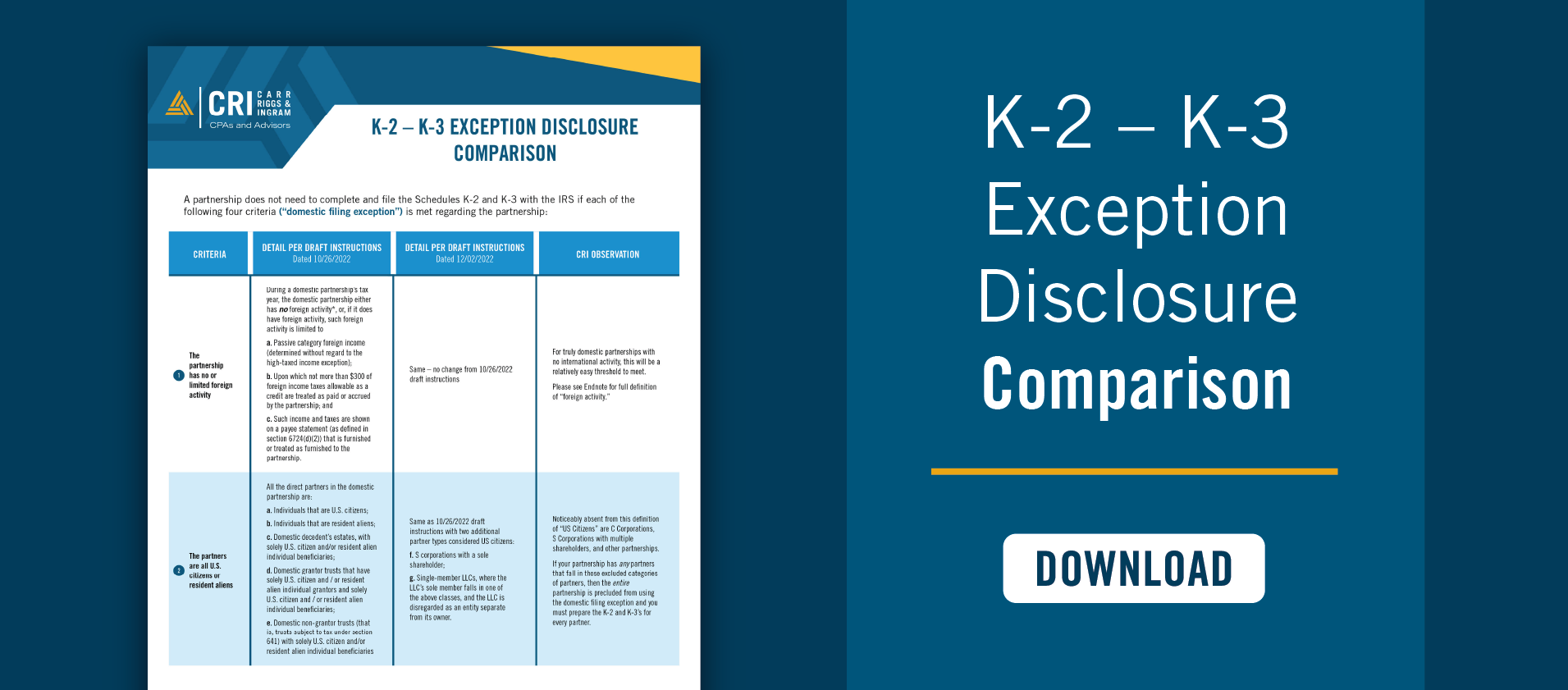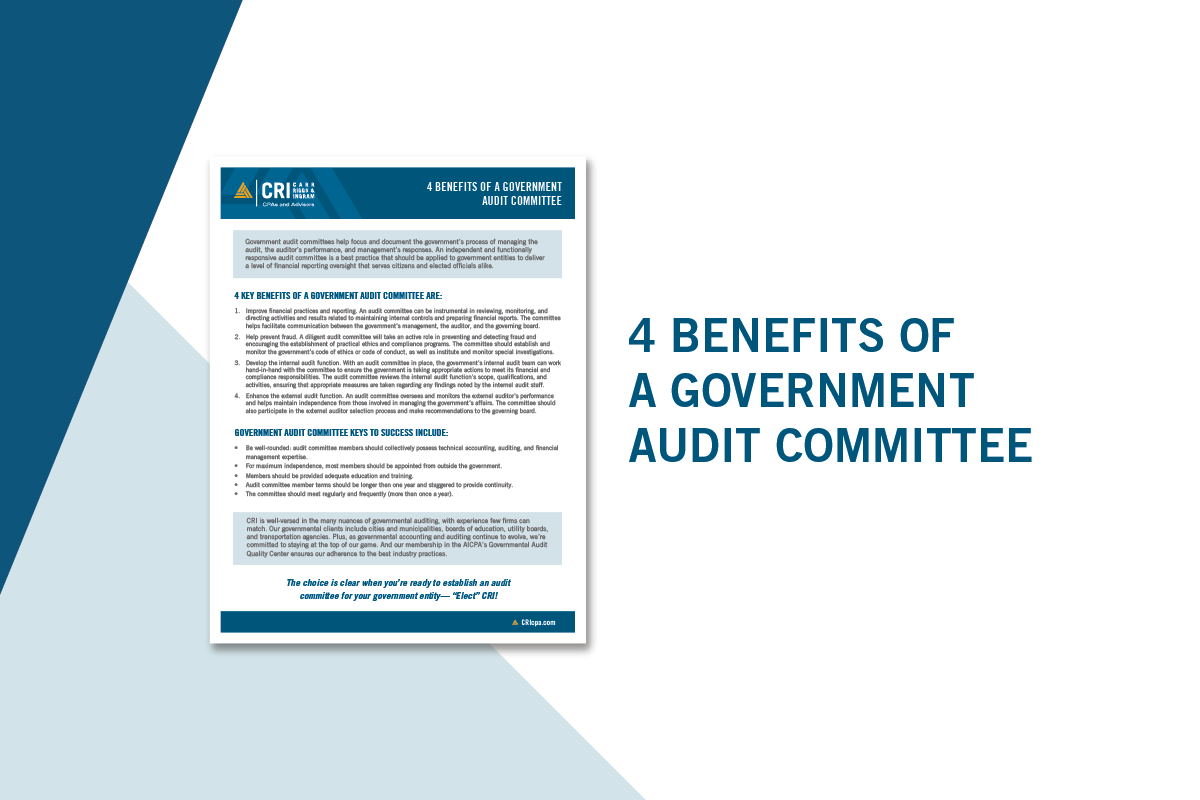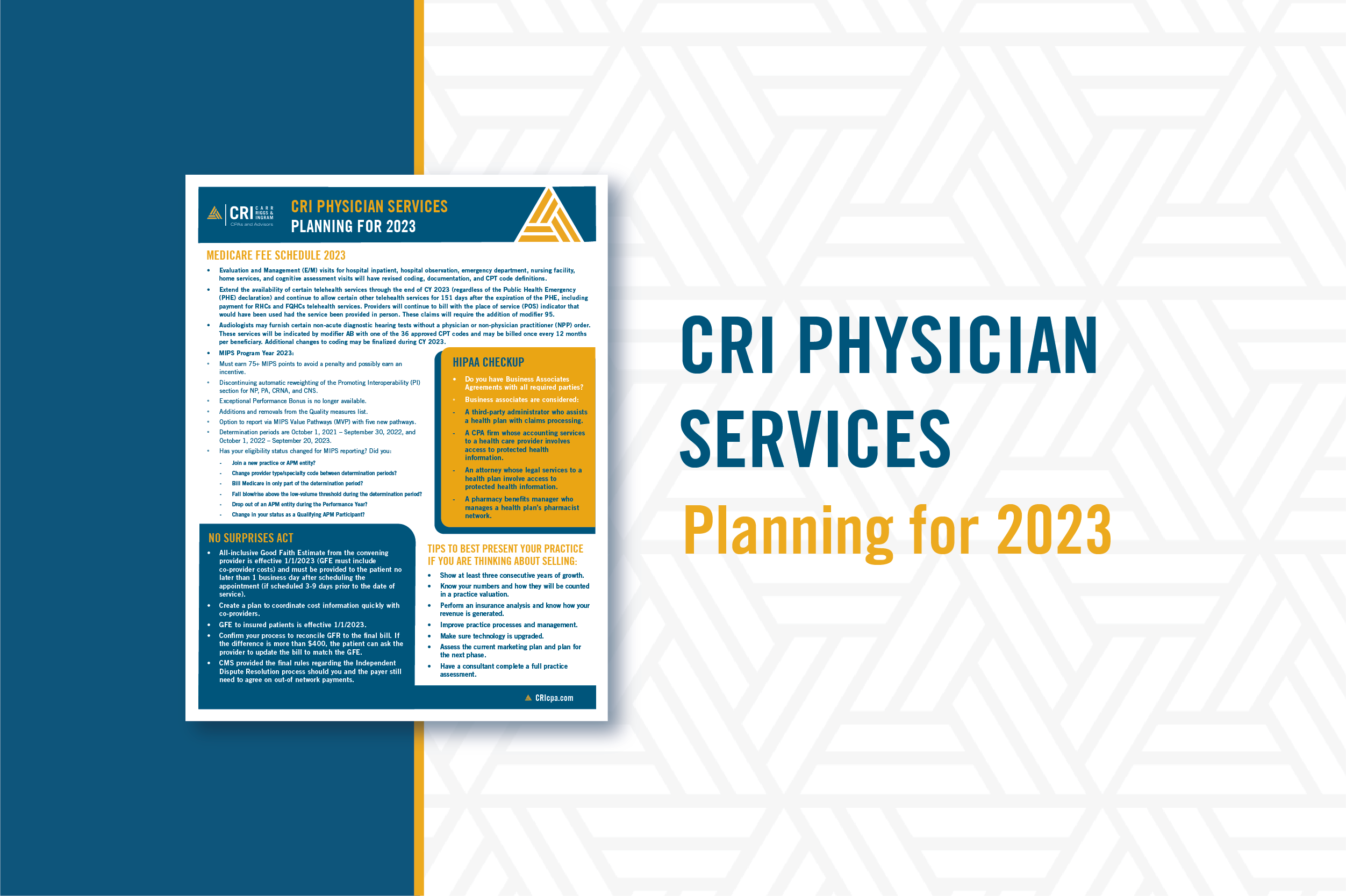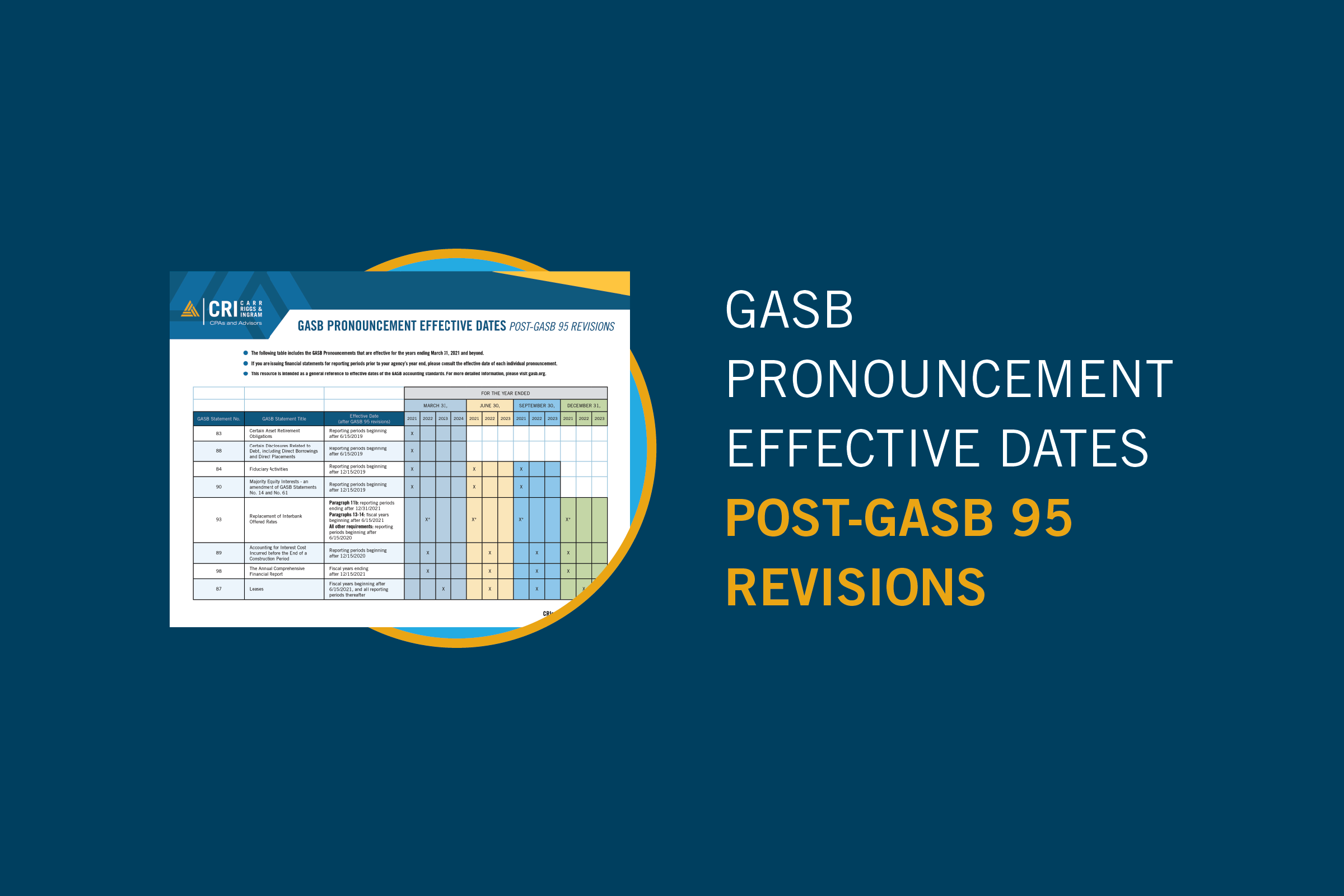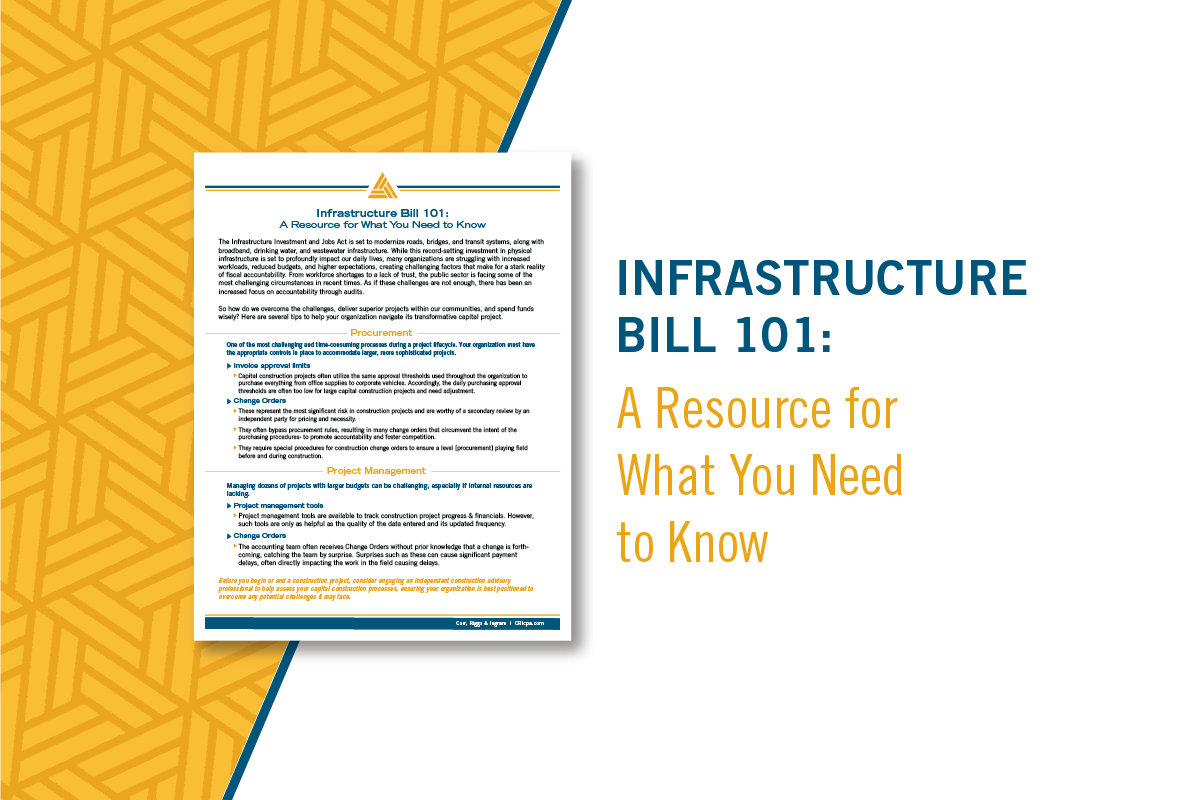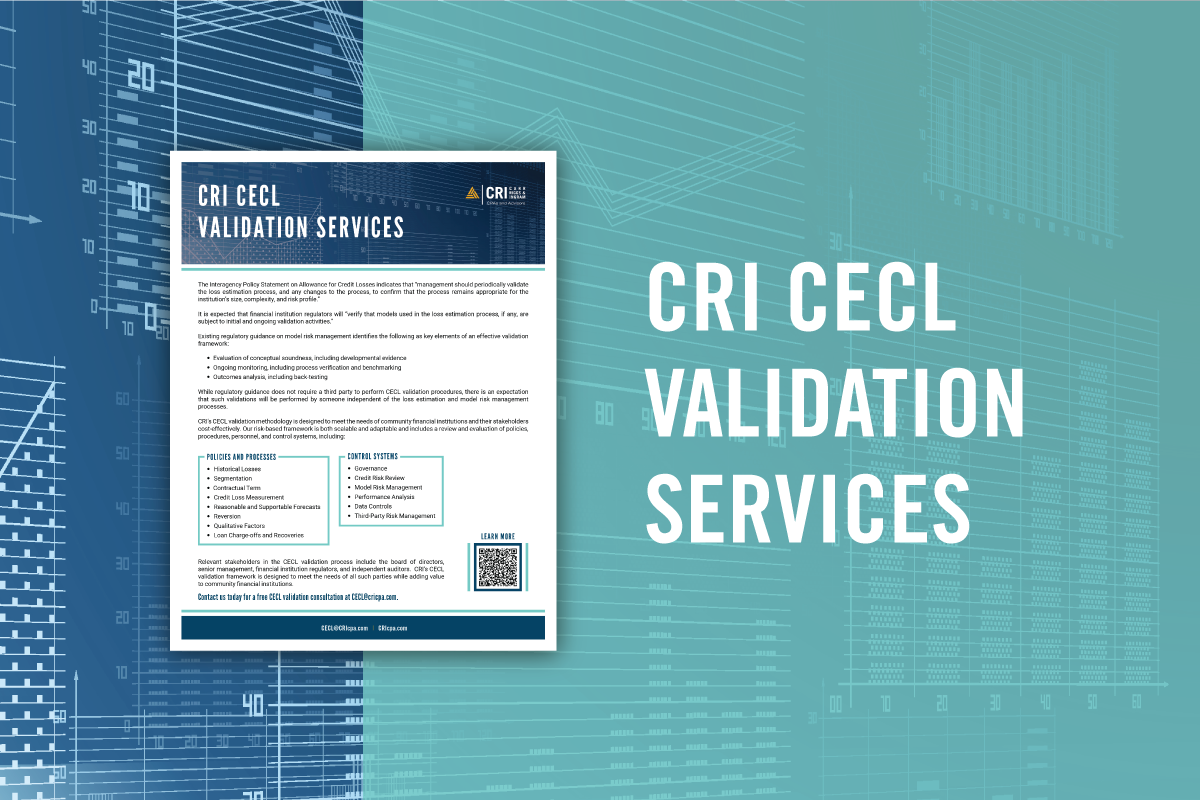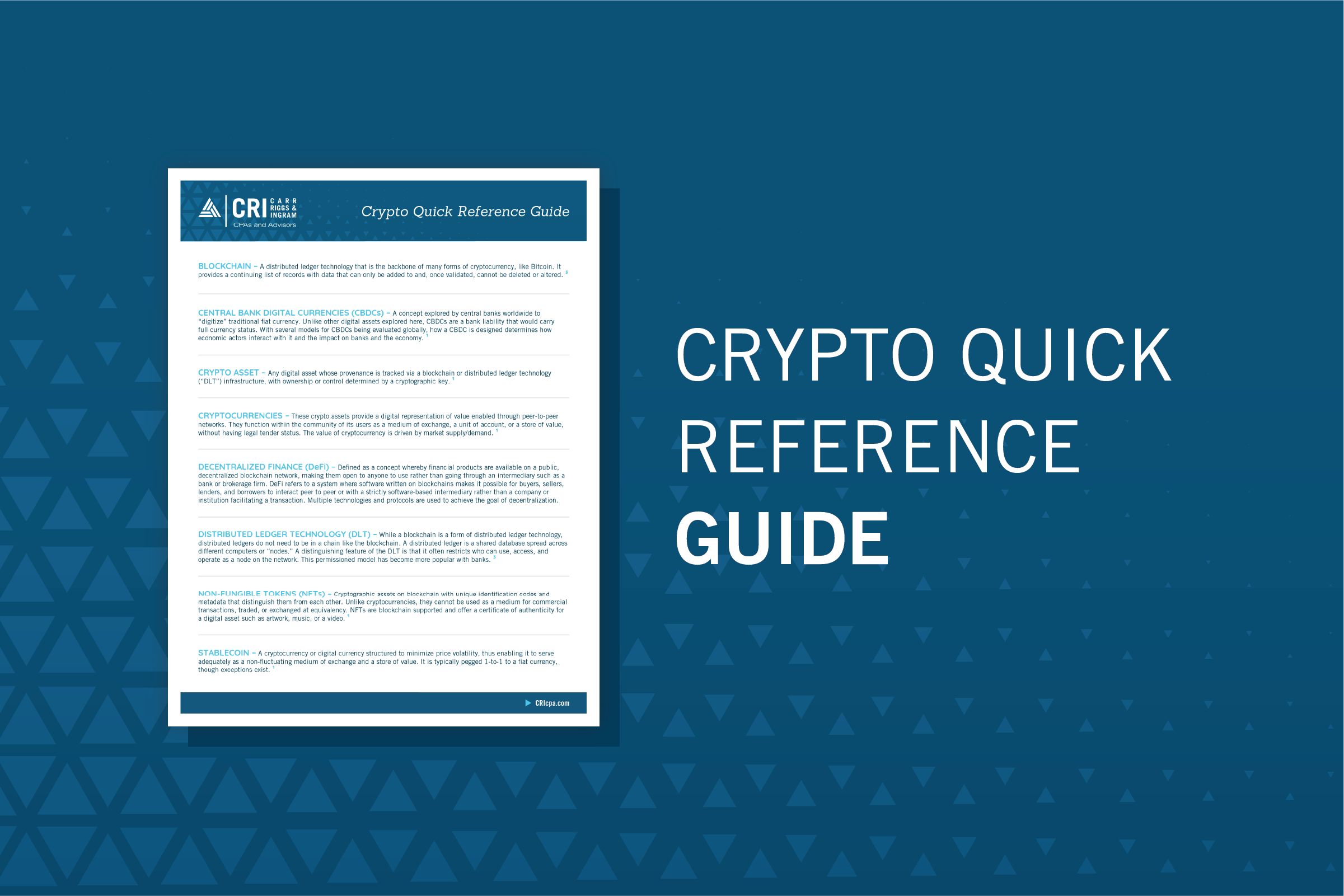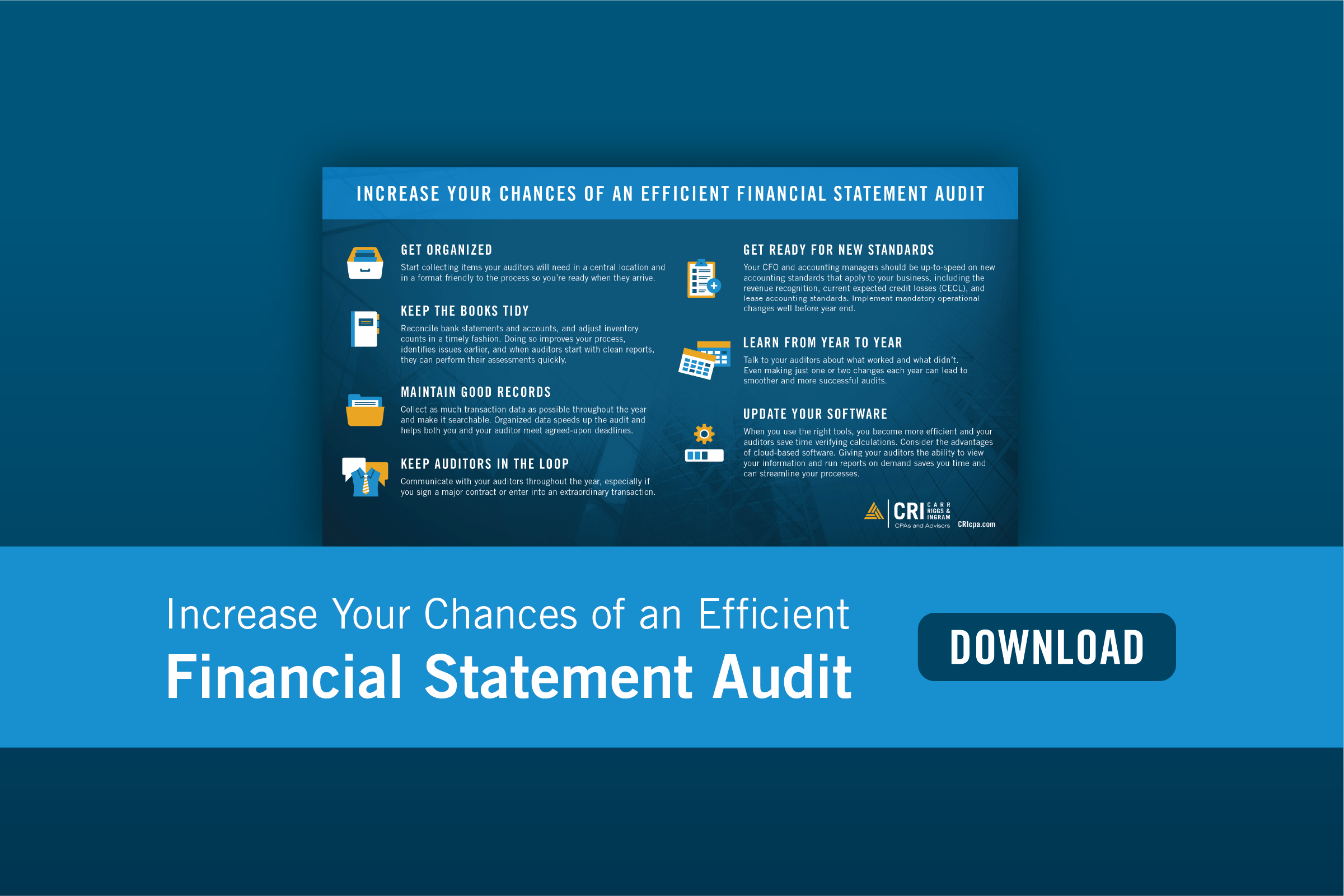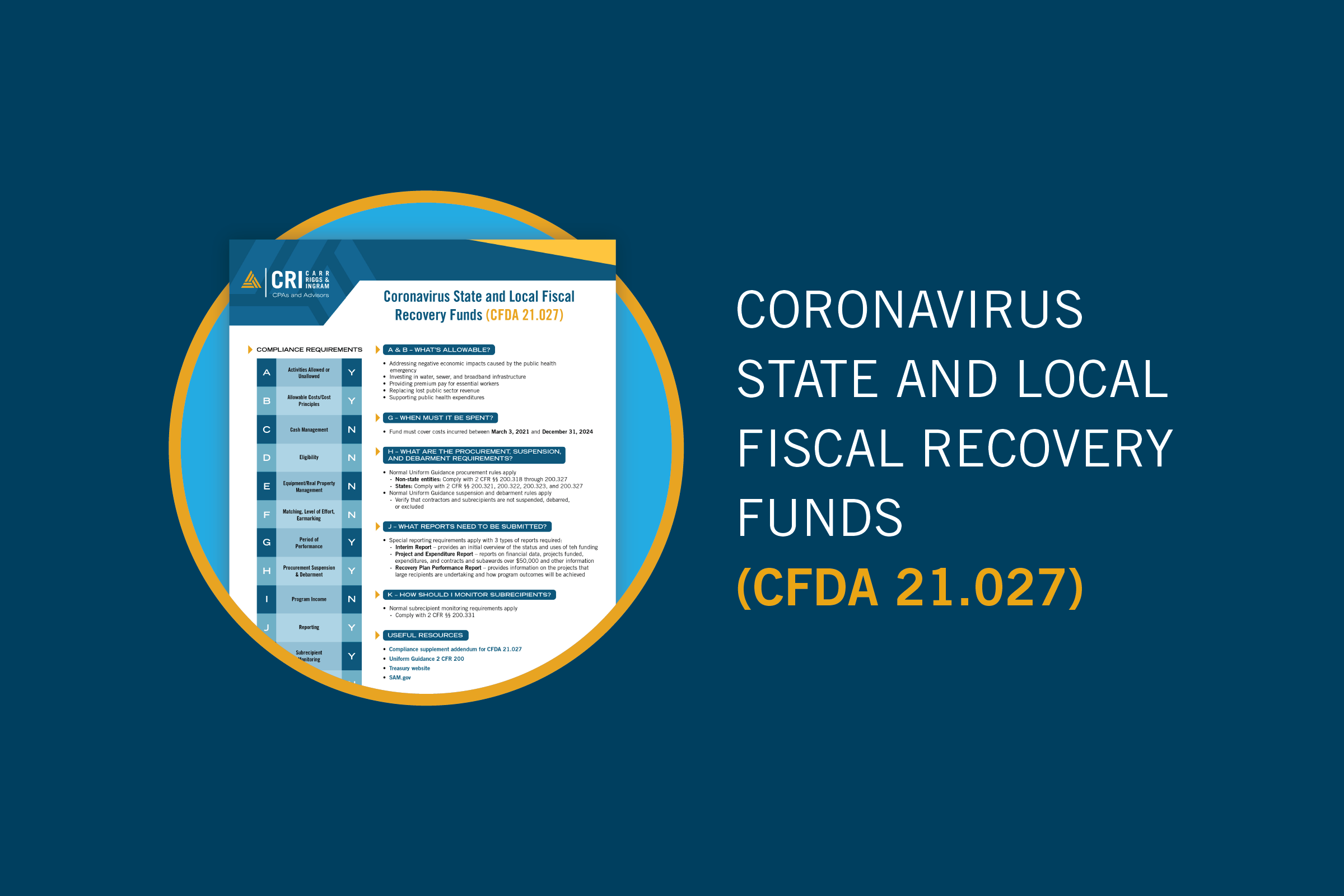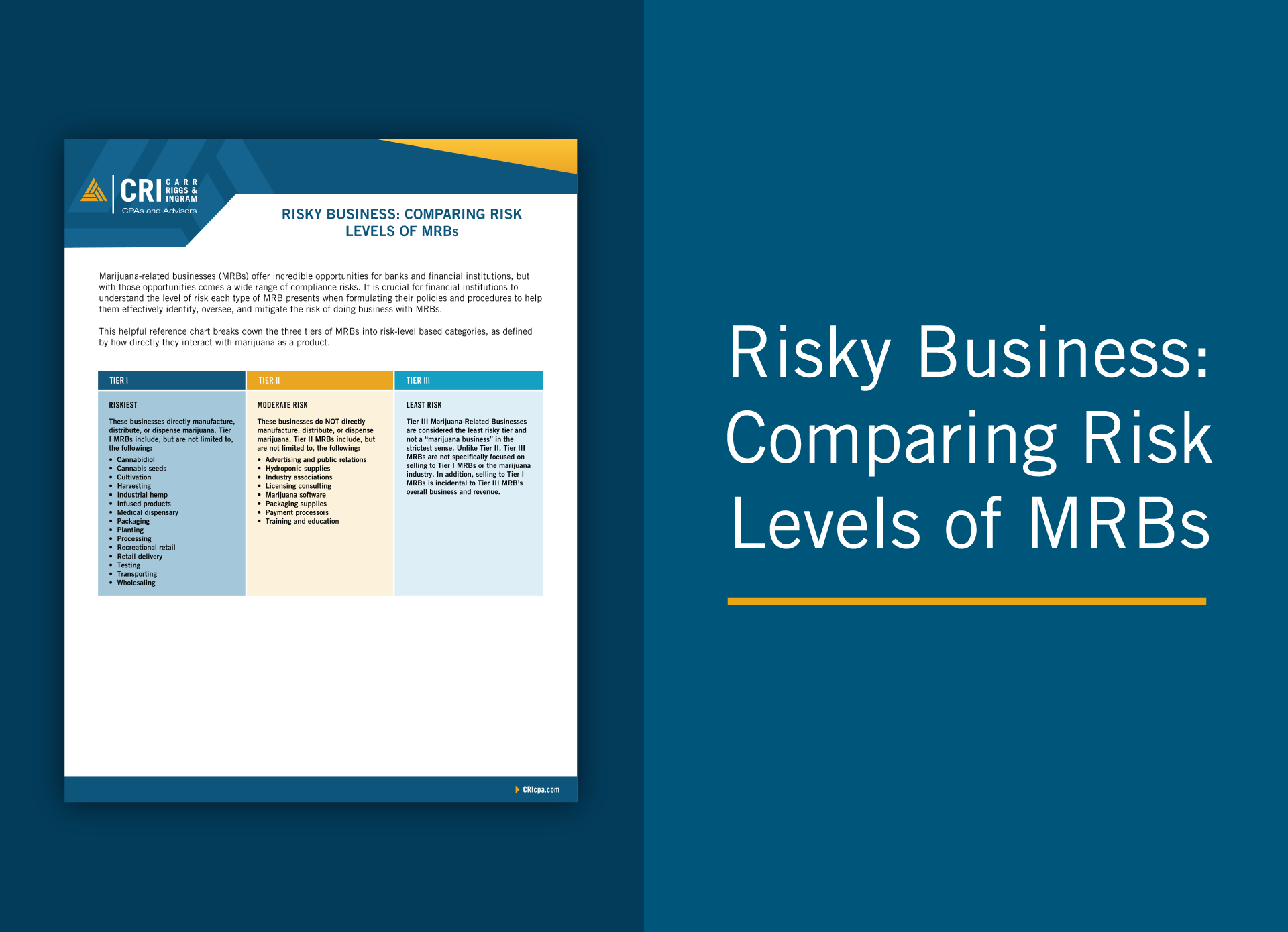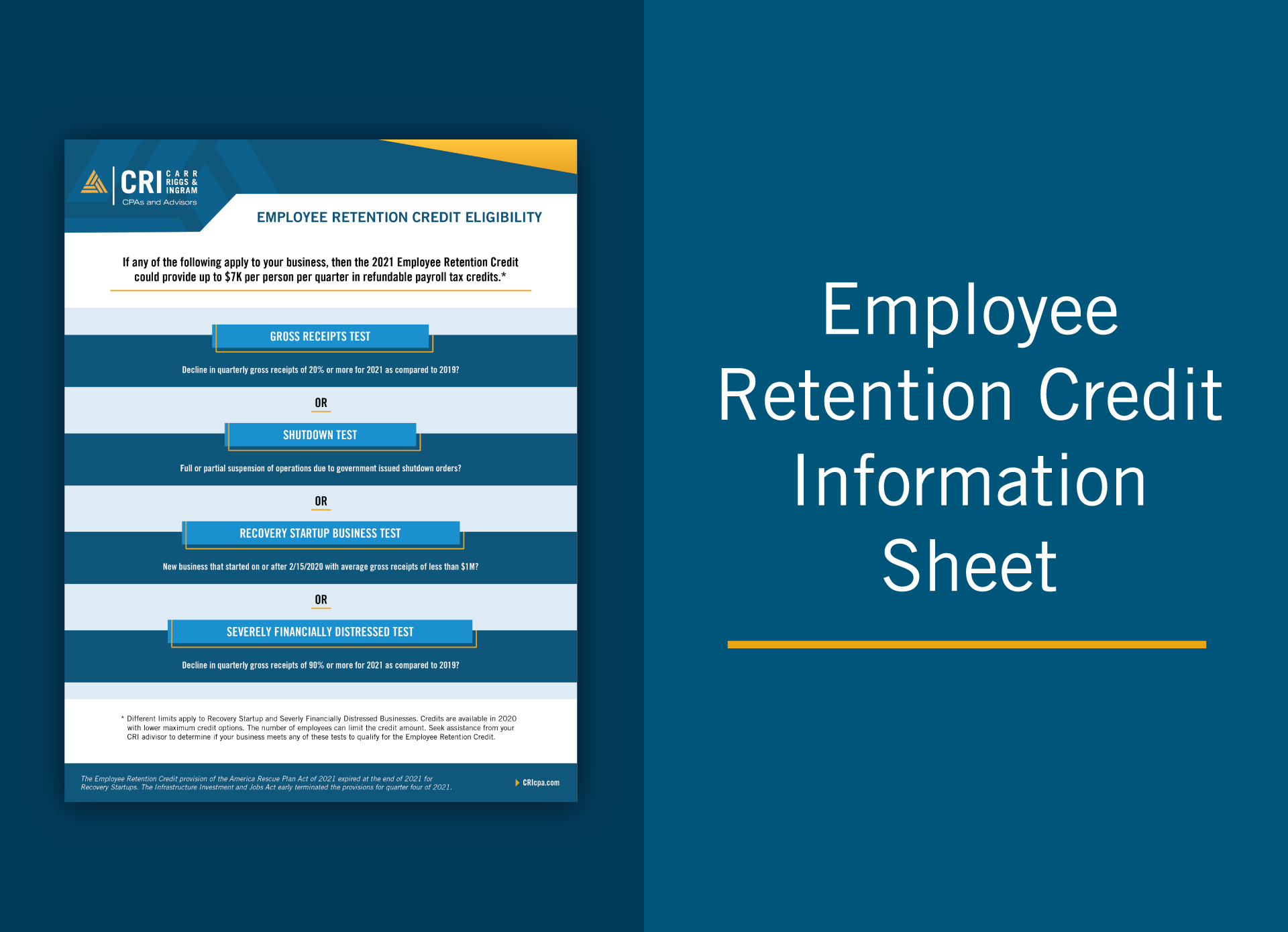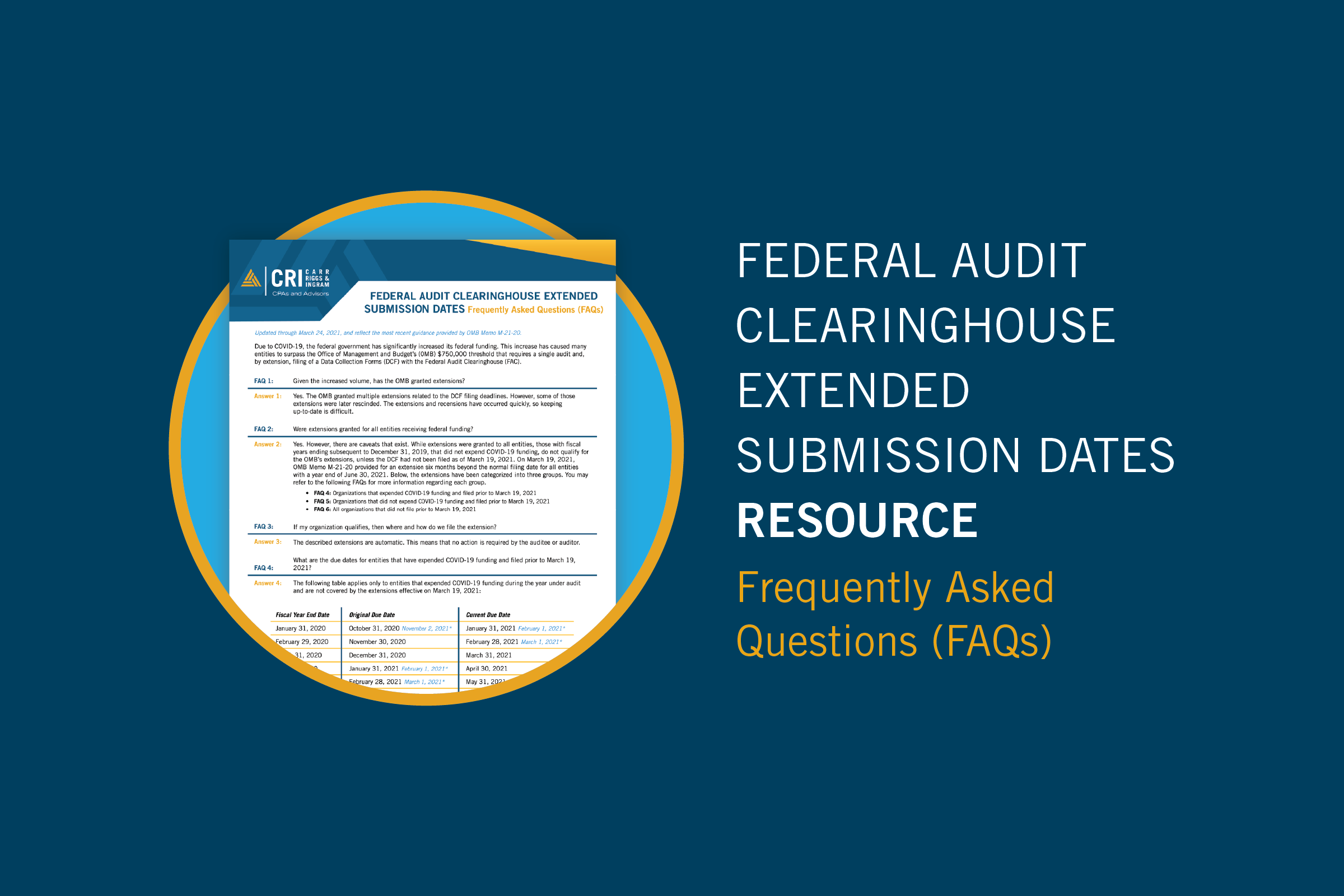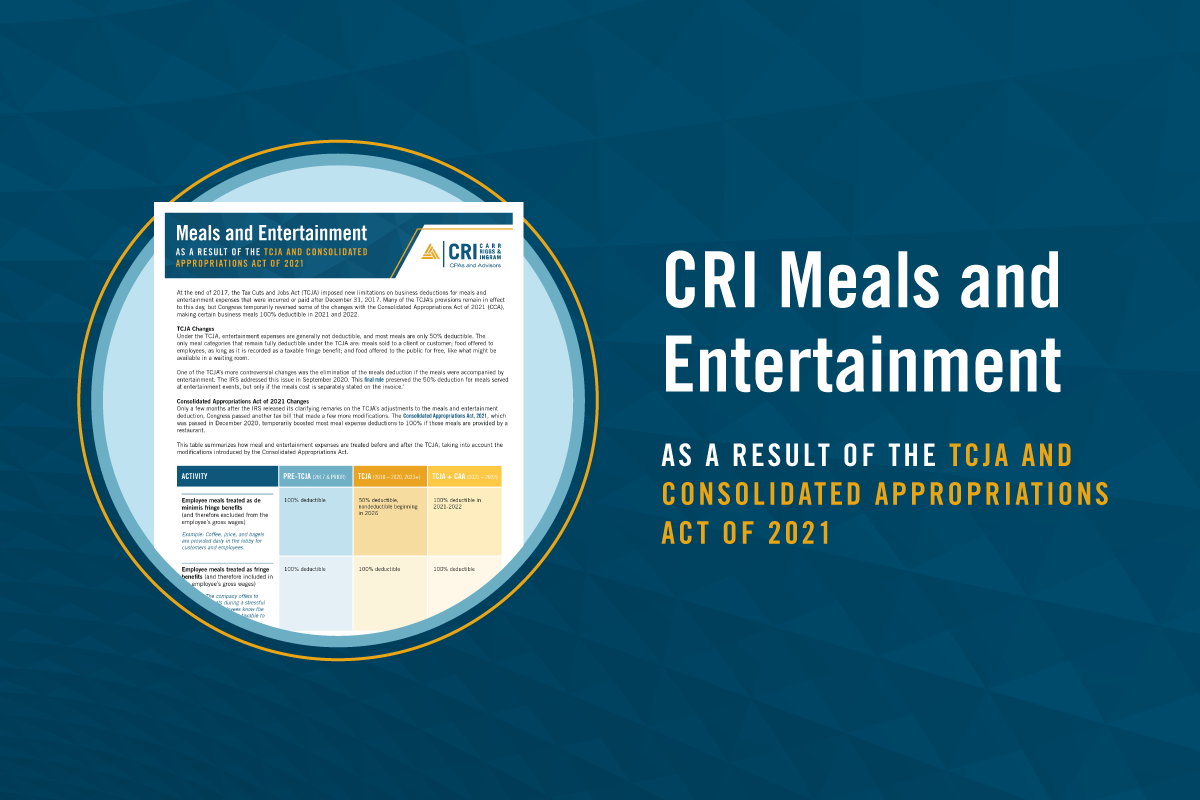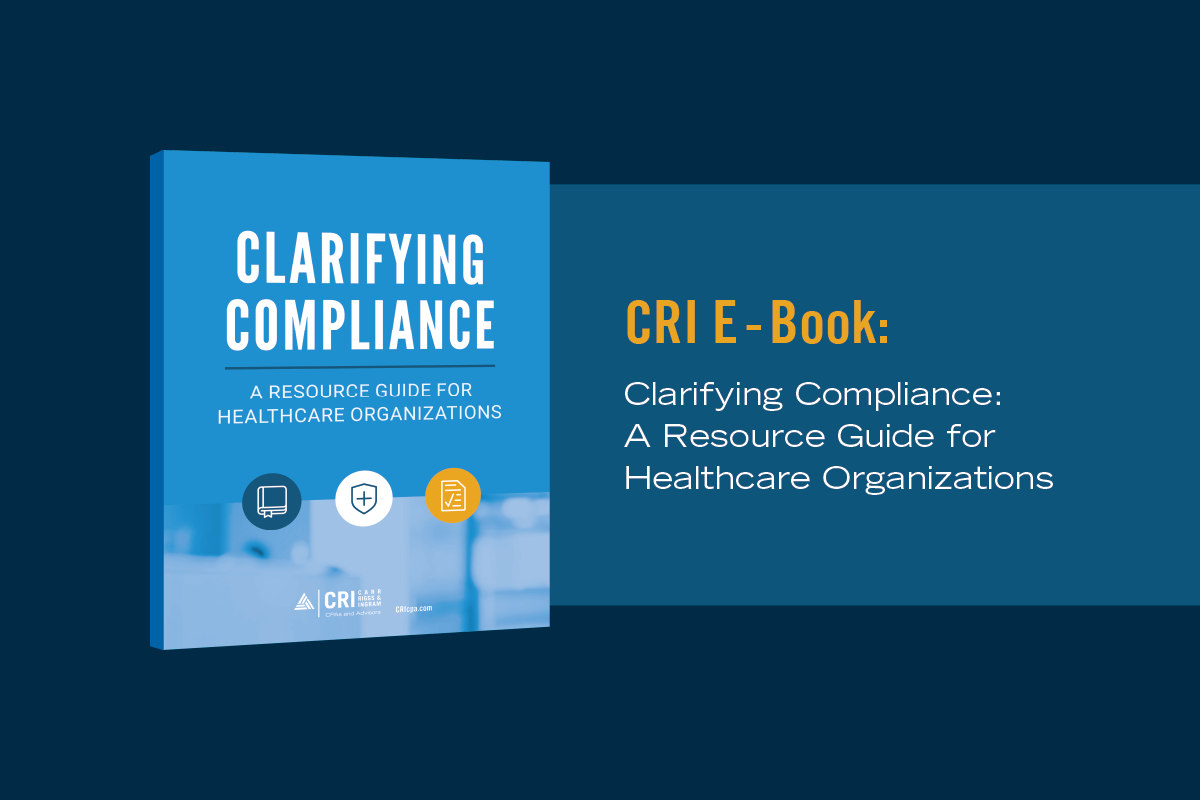After the Standards: A Guide to Everything Else in a GASB Statement
- Contributor
- Dean Michael Mead
Apr 12, 2024
The requirements laid out in the “standards section” of the Governmental Accounting Standards Board’s (GASB) most famous pronouncement – Statement No. 34, Basic Financial Statements—and Management’s Discussion and Analysis—for State and Local Governments – run for 56 pages. With the entire document spanning just over 400 pages, you might wonder about the content of the remaining 350 pages. Delving into these sections reveals additional insights and valuable information complementing the standards outlined in a GASB Statement, highlighting the importance of a thorough read-through.
Contents of a GASB Statement
GASB Statements begin with a summary of their requirements and a detailed table of contents. The heart of a Statement is the section containing the “standards of governmental accounting and financial reporting.” The standards section is preceded by one or more “introduction” paragraphs and followed by paragraphs identifying the “effective date and transition provisions.” All Statements contain three appendixes that appear after the standards section: “background,” “basis for conclusions,” and “codification instructions.” Some Statements include a fourth appendix, “illustrations.”
Background Section
The first appendix relates the background for the Statement. Reading this section is valuable because it explains why the GASB believed it was necessary to establish those standards. The background section typically describes how the topic came to the GASB’s attention and what the GASB intended to accomplish by setting the standards. The background section reminds us that GASB standards do not appear out of thin air; they are a response to real problems in practice that have been identified by professional associations, individuals, and the GASB’s advisory groups as high priorities.
The background section also recapitulates the history of the process for setting the standards, including:
- A summary of the research that was conducted before the standards-setting project was added to the GASB’s technical agenda.
- Whether a task force of various types of stakeholders was appointed to advise the GASB.
- The GASB’s consultations with the Governmental Accounting Standards Advisory Council (GASAC) on whether to add a project and on the GASB’s tentative decisions while the standards were being developed.
- Each due process document that the GASB issued for public comment, the number of comment letters received in response, and the number of individuals and organizations that participated in public hearings and user forums for standards that are more complex or consequential.
In addition to providing context for understanding the requirements of a Statement, the background section establishes that the GASB followed its strenuous rules of procedure and offered more than sufficient opportunity for governments, auditors, citizen groups, legislators, academics, and other stakeholders to provide meaningful input along the way. That process is a key reason why the standards the GASB establishes are considered to be “generally accepted.”
Basis for Conclusions Section
The second appendix in a GASB Statement contains an extensive explanation of how the GASB came to the conclusions that comprise the standards. The “basis for conclusions” goes through every provision of the standards section, in the same order, and explains how the Board members arrived at those requirements. The opening paragraph of each basis for conclusions section aptly describes the purpose of the appendix:
"This appendix discusses factors considered significant by Board members in reaching the conclusions in this Statement. It includes a discussion of the alternatives considered and the Board’s reasons for accepting some and rejecting others. Individual Board members may have given greater weight to some factors than to others."
Respondents to proposed standards provide a wide range of input to the GASB, both in opposition and support, for various reasons. The GASB analyzes that conflicting input when redeliberating each provision of its proposal before issuing a final Statement. The basis for conclusions section details how the GASB evaluated the common and significant comments made by stakeholders, the decision it ultimately made, and the reason for that decision. Like the background section, this discussion is an important aspect of demonstrating that the GASB developed the standards as objectively as possible and that it fully considered the views of all types of stakeholders who would be affected.
Understanding what the standards require and how to apply them is aided by knowing the reason for the standards and the issues they are meant to resolve, especially when a government is expected to use its professional judgment to determine the best way to comply. Rather than just saying, “Do this,” a GASB Statement provides context for its requirements by explaining what problems they are intended to fix. When the GASB requires governments to report information, it explains what the users of financial statements need to know and how that information meets those needs.
Standards related to information reported in financial statements and notes are minimum requirements for governments to follow. One way that governments go above and beyond the requirements is by providing more detailed information than the minimum. For example, the bare minimum for reporting long-term liabilities in the financial statements is to display the total amount due within one year and the total remaining amount due beyond one year and to disclose more detailed information about individual types of long-term liabilities in the notes (e.g., bonds, net pension liability, claims and judgments, and compensated absences). However, many governments choose to display amounts for each major type of long-term liability on the face of the financial statements.
How does a government use its professional judgment to decide when to exceed the minimum requirements of the standards? A key factor is what the government believes the users of its financial statements need to know. An important source of intel about what users need is the basis for conclusions section, which relates what the GASB learned from various kinds of users about the information they need for making decisions, analyzing government finances, and holding governments accountable, as well as how they will utilize the information for those purposes.
Lastly, although the GASB makes a concerted effort to set standards that are understandable, it may not be clear to everyone what they require. The related paragraphs in the basis for conclusions section often elaborate on the requirements and explain the GASB’s intent. They sometimes include examples as well.
Illustrations
When a Statement mandates note disclosures or required supplementary information (RSI) presentation, or alters financial statement displays, it typically includes an illustrative appendix. As with the information in the other appendixes, the illustrations are not “authoritative” like the standards. In other words, what you see in the illustrations is not necessarily what a specific government should do to comply with the standards. The illustrated financial statements, notes, and RSI schedules demonstrate how they may commonly appear; each government, however, should apply the standards to its own situation, which may not be the same as what is in the illustration. Nevertheless, illustrations may be the clearest indication of what the GASB expects governments to do to meet the requirements of a Statement.
Codification Instructions
The last paragraph of a GASB Statement contains detailed instructions regarding how existing standards are changed by the new standards. The GASB Codification organizes all of the currently effective standards by topic; for instance, there are sections on “Reporting Capital Assets,” “Notes to Financial Statements,” and “Investments.” The Codification instructions address the affected sections and explain:
- What new text, if any, will be inserted, and where.
- How existing text, if any, will be revised.
- Which existing text, if any, will be deleted.
At first glance, the Codification instructions may seem indecipherable, but they can be valuable in understanding how the standards that governments are now following will be changed when the Statement becomes effective. Although the initial paragraphs of the standards section identify which GASB pronouncements are affected by the Statement, the Codification instructions tell you how they are affected—what has been added, revised, or taken out.
Need Help Understanding GASB Statements?
Navigating the complexities of new GASB requirements can be challenging for many. That’s where expert insight becomes invaluable. If you’re looking for clarity and guidance on these standards, contact CRI for the support you need. Our team is ready and eager to assist you in demystifying these financial regulations, ensuring you can apply them effectively within your organization.



















